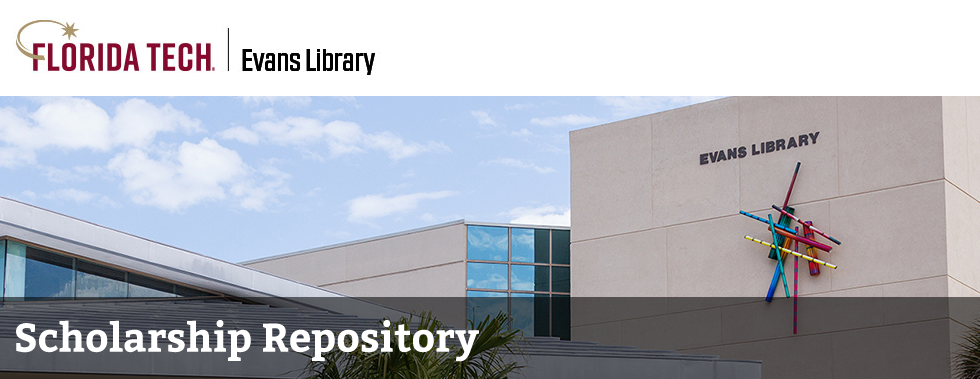Date of Award
5-2025
Document Type
Dissertation
Degree Name
Doctor of Philosophy (PhD)
Department
Mechanical and Civil Engineering
First Advisor
Paul J. Cosentino
Second Advisor
Hector M. Gutierrez
Third Advisor
Kim-Doang Nguyen
Fourth Advisor
Deniz Velioglu Sogut
Abstract
A comprehensive evaluation was conducted on the performance, consistency, and practical application of various in-situ geotechnical testing methods for predicting the settlement and bearing capacity of shallow foundations in Florida’s fine sands. The methods assessed include the Standard Penetration Test (SPT), Cone Penetration Test (CPT), Dilatometer Test (DMT), pushed-in PENCEL Pressuremeter Test (PPMT), and the pre-bored TEXAM Pressuremeter Test. A dual approach controlled indoor testing at the FDOT State Materials Office (SMO) and field investigations at three representative sites (Kingsley, Trenton, and the UCF research site), formed the experimental foundation.
Over thirty settlement prediction techniques and thirteen bearing capacity estimation approaches were examined using data collected from the in-situ tests. The Plate Load Test (PLT) served as the reference benchmark in the indoor test pits, while numerical simulations and field-measured data enabled cross-validation in the field sites. Among all methods, the pushed-in PPMT consistently demonstrated high reliability and minimal variability, with predictions closely aligned to both observed settlements and numerical model outputs. In contrast, predictions based on SPT data exhibited the highest variability and least accuracy.
A key contribution of this work is the development of a new elastic settlement prediction methodology tailored for cohesionless soils. The proposed model accounts for critical factors such as Poisson’s ratio, depth-varying strain influence factors, and stiffness degradation derived from pressuremeter stress-strain curves. Validation was achieved through integration with field measurements and calibrated numerical analyses.
To guide implementation, a structured, risk-based framework was introduced, highlighting scenarios where the pushed-in PPMT offers maximum value, particularly in high-risk or complex projects. Additionally, case histories from across North America affirm the economic and technical benefits of PMT-based designs, with numerous shallow foundations exhibiting settlements under 1 inch and performing as predicted.
Overall, the findings support wider adoption of pushed-in PPMT testing in geotechnical design for cohesionless soils, offering a reliable and data-rich solution for both settlement and bearing capacity evaluation.
Recommended Citation
Ygzaw, Brhane Weldeanenya, "Use of Pushed-in PENCEL Pressuremeter Test for Shallow Foundation Design in Florida Fine Sands" (2025). Theses and Dissertations. 1554.
https://repository.fit.edu/etd/1554

